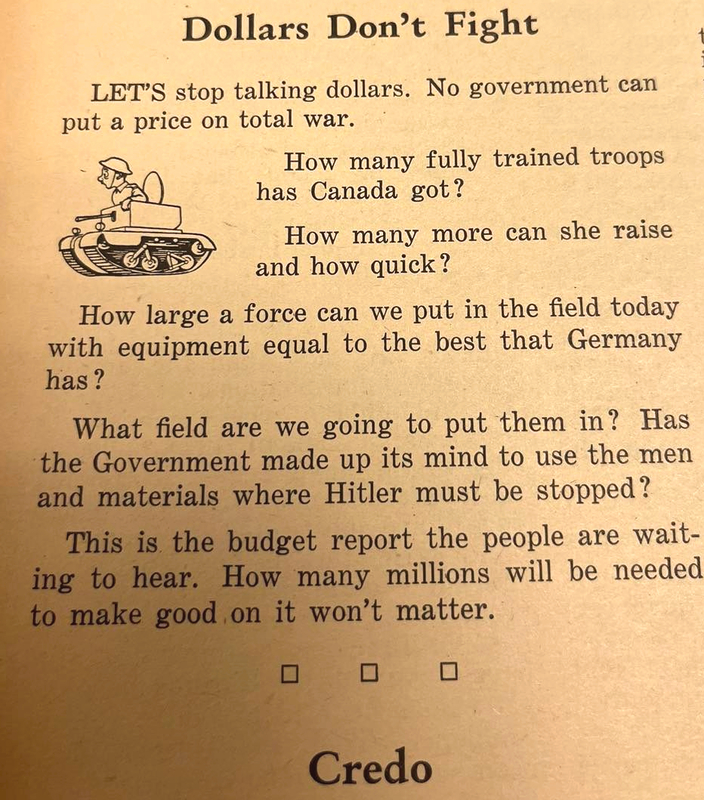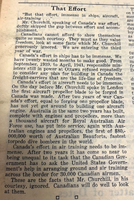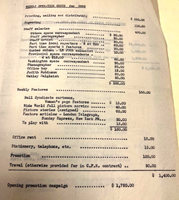In 1941, the first edition of NEWS was published3. Judith took a large financial risk starting the newspaper, by putting up 1/3 of the total cost herself3. Further, the total weekly operating cost for NEWS was about $1400 per week8. The paper had subscribers from across the country. Notably, Tommy Douglas, John Diefenbaker, and numerous other politicians3. NEWS was printed by Pictures News Limited, which was based out of Fort Erie9. The paper published editorials, political cartoons, and general interest pieces3.
News would become Judith’s platform for her denunciation of the William McKenzie King’s administrations WWII inadequacies. One of the snippets from the paper “Dollars Don’t Fight”, questions the scale and stature of the Canadian military10. Particularly, Canada’s number of trained troops, which lacked dearly at the beginning of WWII2. Canada’s army of the time consisted of just 4000 permanent active militia and 50,000 reserve soldiers11. One reason for this was Canada’s government upholding the “The Tenth Rule”, even though it was no longer being upheld by Britain11. This limited the stature, financing and resources being invested into Canada’s military11. During this period, there were strong debates within the house of commons regarding Canada’s manpower in WWII1. McKenzie King vehemently opposed any expansion and conscription. It was later found that Canada had access to upwards of 30,000 students and 98,000 men above 40, who could be directed into the armed forces11.
Another deficiency in Canada’s war effort was its initial absence of investment in manufacturing3. A NEWS column titled “That Effort” called out Canada’s lack of spending in its Air Force relative to other commonwealth nations, such as Australia12. Two years into the war it had failed to produce one plane12. The article argued that Canada should be putting the same effort into its Air Force as its Navy12. Moreover, there were various complaints of Canada using old and out of date equipment in the early stages of the War11. This seemed to align with the McKenzie King administration’s philosophy of “Limited Liability”, which stressed food and good production over the development of Canada’s military1.


